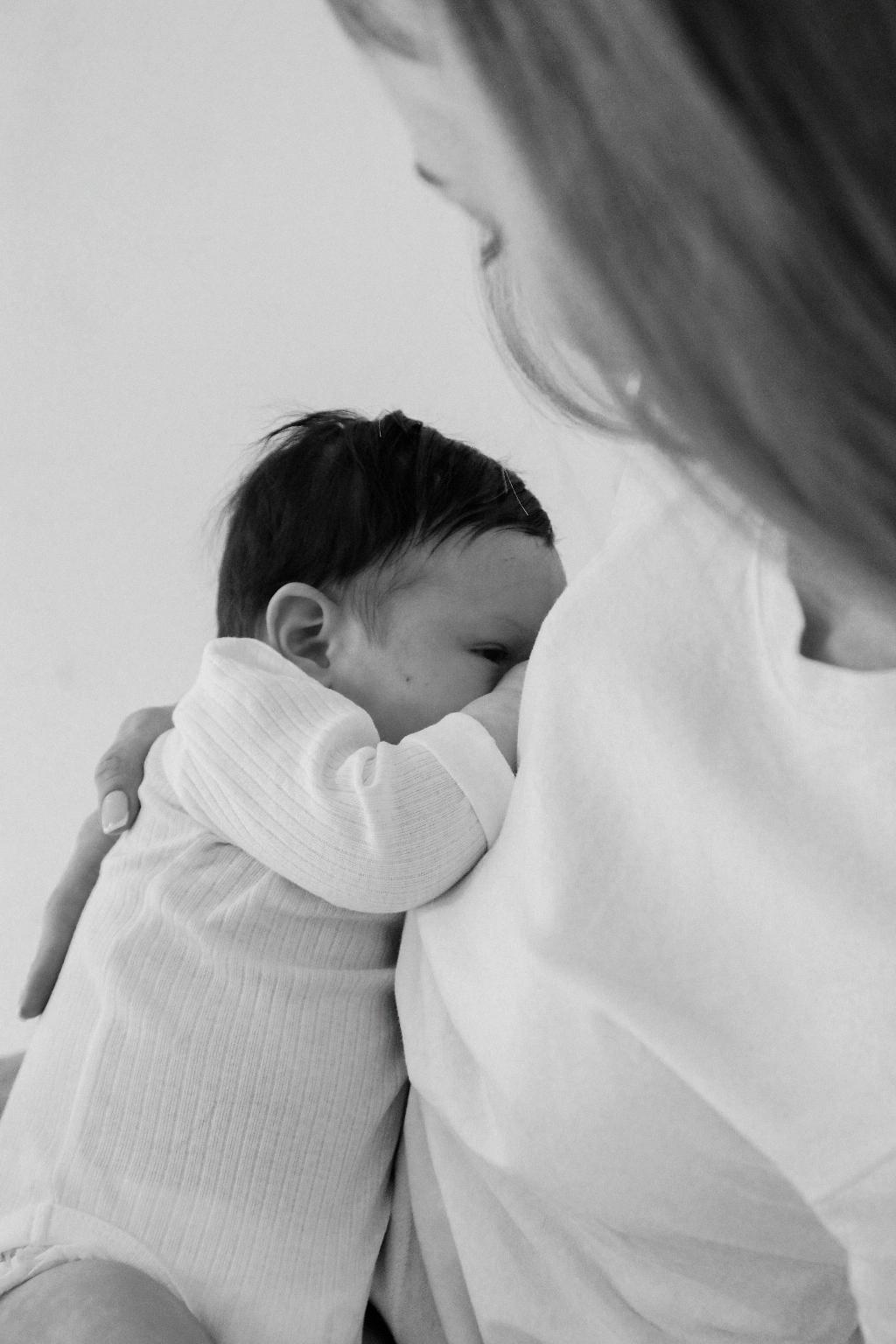When it comes to understanding how much breast milk a baby drinks in a span of 10 minutes, it’s crucial to delve into the intricate nature of infant feeding habits. Babies have unique ways of expressing their hunger cues and regulating their milk intake during breastfeeding sessions.
Factors Influencing Milk Consumption
Various factors can influence the amount of breast milk a baby consumes within a 10-minute timeframe. These factors include the baby’s age, weight, feeding frequency, and milk supply of the mother. Additionally, a baby’s suckling strength and efficiency play a significant role in determining the volume of milk ingested.
Establishing Feeding Patterns
As infants grow and develop, their feeding patterns evolve, impacting the quantity of milk they consume during each feeding session. Newborns typically have smaller stomach capacities and may take in smaller amounts of milk in 10 minutes compared to older infants who feed more efficiently and consume larger volumes.
Varied Milk Intake
While averages suggest that infants may drink around 75 mL of breast milk in a 10-minute period, it’s essential to recognize that individual differences exist. Some babies may consume less than this average, while others could take in more milk based on their unique feeding behaviors and nutritional needs.
Feeding Efficiency
The efficiency of a baby’s latch and suckling technique also influence the amount of milk they ingest. Babies who have a strong latch and effective suckling rhythm are likely to extract milk more efficiently, leading to increased consumption within a shorter duration like 10 minutes.
Responsive Feeding Dynamics
Responsive feeding dynamics between the mother and baby contribute to the amount of milk taken in during each feeding session. Babies exhibit cues that signal their hunger levels, and mothers respond by offering the breast. This interaction plays a key role in determining the quantity of milk consumed within a specific timeframe.
Maternal Milk Production
The milk supply of the mother is a crucial factor in the amount of milk available for the baby to consume. Mothers with abundant milk production may find that their baby is capable of drinking larger quantities within 10 minutes, while mothers with lower milk supply might witness their baby consuming smaller volumes.
Healthy Feeding Practices
Encouraging healthy feeding practices involves allowing the baby to feed on demand and ensuring a comfortable and relaxed breastfeeding environment. Babies thrive on responsive feeding, where they dictate their milk intake based on their hunger cues and satisfaction levels within a brief timeframe like 10 minutes.
Monitoring Growth and Development
Monitoring the baby’s growth and development patterns is essential in assessing whether they are receiving adequate nutrition through breastfeeding. Regular weight checks and assessments can help determine if the baby is thriving and gaining weight optimally based on their milk consumption during feeding sessions.
Consulting Healthcare Providers
If parents have concerns about their baby’s feeding habits or milk intake, it’s advisable to seek guidance from healthcare providers. Lactation consultants, pediatricians, and other healthcare professionals can offer support and advice to ensure that the baby is receiving appropriate nutrition through breastfeeding.
Conclusion
In conclusion, the amount of breast milk a baby drinks in 10 minutes can vary based on a multitude of factors, including the baby’s age, feeding efficiency, maternal milk supply, and responsive feeding practices. By observing the baby’s cues, maintaining a supportive breastfeeding environment, and seeking professional guidance when needed, parents can promote healthy feeding habits and ensure that their baby receives the nourishment required for growth and development.

